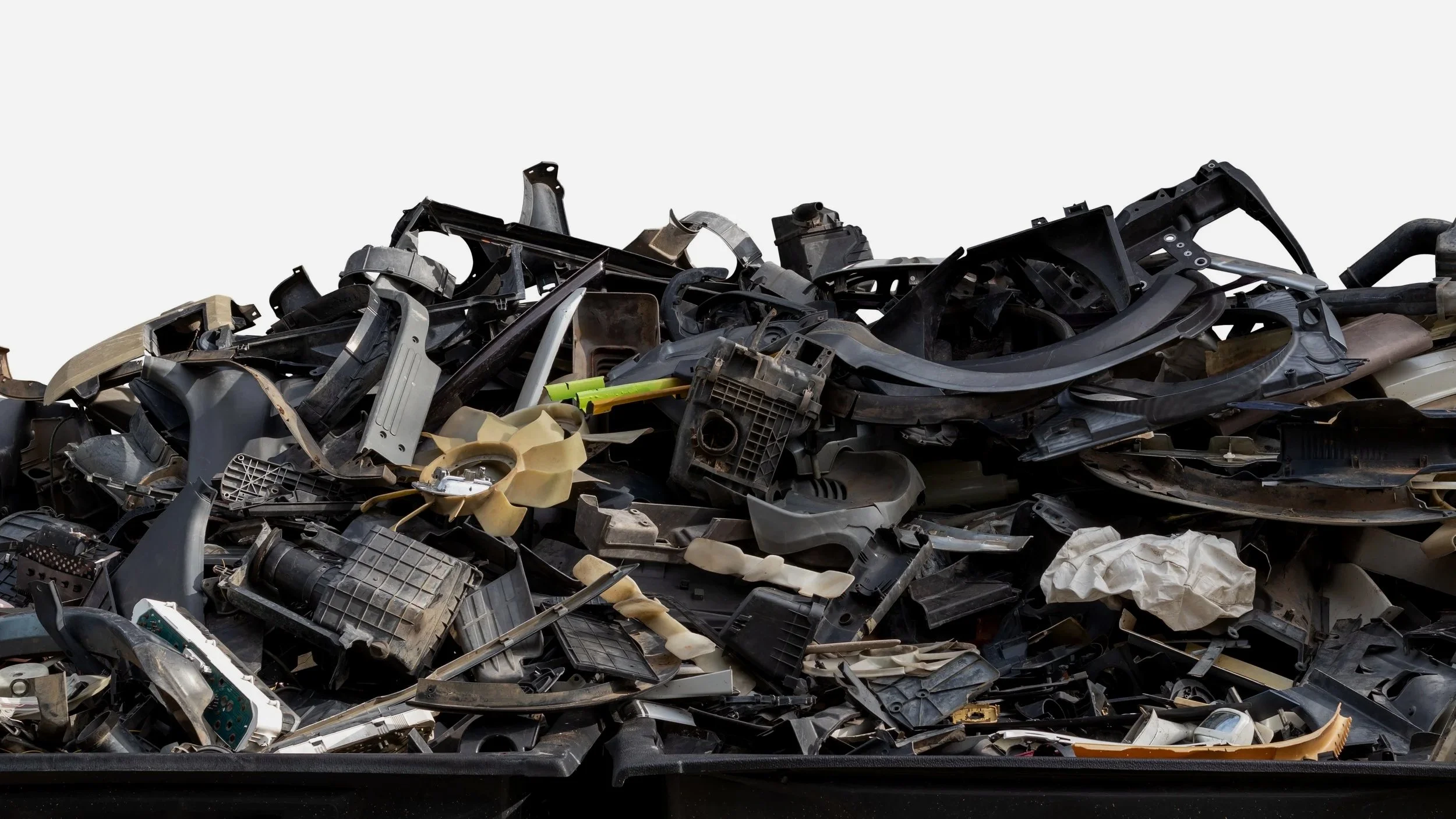
Sustainability, the new paradigm…
New European regulations such as the ELV-R and the PPWR are promising a bright future to recyclers as of 2030, unfortunately in the meantime recycling capacities are either under utilised or closing, the price of Post consumer plastics are falling while plastic waste feedstock and production costs remain high. How to best deal with these regulations, and develop a profitable business out of recycled plastic in Europe to emerge among the few winners in 4 years ?
Sustinplas can support you to :
Access the market with your recycled plastic solutions : Develop a distribution network, gain new direct accounts, qualify your products at OEMs…
Improve your profitability : Reduce your purchasing costs, optimize your pricing strategy, rationalize your product portfolio
Define and promote your value proposition : aesthetic or standard, specialty or commodity, food contact, technology differentiation, application focus..
Rationalize your technology development according to your value proposition.
Set up your business model : review your activity to maximize your profit with your production capacity : PIR or PCR , granulation services, pre-treatment, sorting services , toll manufacturing, partnership with compounders or chemical companies, forward or backward integration ?
Packaging PPWR
The Packaging industry represents, with 22 MT/y of plastic demand in Europe, more than 40% of the total plastic consumption in Europe. PPWR (EU Packaging and Packaging Waste Regulation) already entered into force in February 2025 and will be implemented step by step until its full application in 2030. It is broad, it covers flexible and rigid packaging, it includes metal, paper, glass, wood as well as composite packaging. Many changes will be driven simultaneously by the PPWR, from packaging “Design for Recycling”, labelling, recycling technology, recycle content calculation methods up to new Substance of concerns. The minimum content of PCR plastic ratio by packaging unit will boost the market demand for PCR (rPET, rLDPE, rHDPE, rPP, rBOPP, ..) leading to a supply chain consolidation, the recycling technologies will evolve rapidly to meet this deadline.
Automotive ELV R
In the automotive industry, End of Life Vehicle Regulation (ELV-R) has not yet entered into force, but it is a matter of months. The minimum PCR plastic content by vehicle will be a technical and sourcing challenge for the automotive OEM’s even though, in the latest compromise from September 2025, this level dropped significantly compared to the ELV-R proposal from the European commission made in 2023. Some plastics will gain market share as they will be more “recyclable” than others. Automotive PCR plastics will be short and costly for the OEMs. A good technical understanding of each automotive applications and of the PCR plastic supply chain is critical to develop the right product and technology and take advantage of this evolution.




